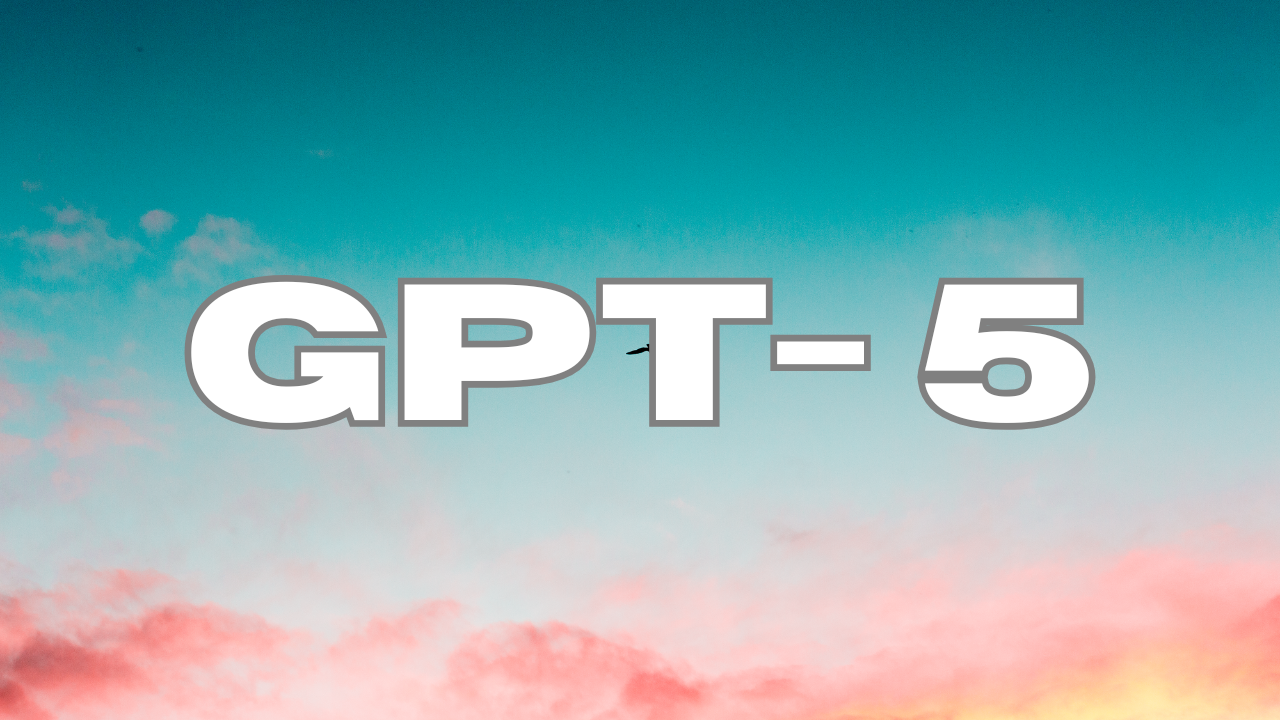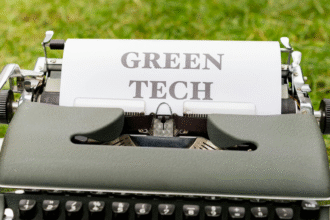The creative potential of GPT-5 is revolutionizing our understanding of artificial intelligence. Just a few years ago, most people saw AI as something that could only answer questions, follow simple prompts, or write robotic-sounding text. Fast forward to today, and the release of GPT-5 has completely changed the game. No longer just a chatbot, GPT-5 is emerging as a co-creator — an AI that can collaborate, inspire, and even innovate alongside humans.
This shift has unlocked the ability of AI to generate original ideas, adapt to different creative styles, and assist professionals in everything from art and design to music, literature, and storytelling.
Whether you’re an artist seeking fresh inspiration, a writer battling creative blocks, or a designer aiming to push boundaries, GPT-5 is proving that artificial intelligence can be more than a tool — it can be your creative partner.
Top 5 GPT-5 Applications in Creativity
1. From Assistant to Collaborator – The Leap in GPT-5’s Abilities
Previous AI models were useful for generating quick drafts or answering queries, but they often lacked emotional depth, originality, and adaptability. GPT-5 changes that. Trained on a broader range of creative datasets, it can understand context on a deeper level, blend styles seamlessly, and produce work that feels human-like in tone and emotion.

For example, in GPT-5 applications in creativity, the AI doesn’t just write a short poem — it can match your preferred style, incorporate your memories, or even expand on a fictional universe you’ve already created. This makes GPT-5 for content creation compelling for marketers, bloggers, and creative agencies.
2. GPT-5 in Art and Design – Bringing Ideas to Life
Artists and designers are quickly discovering creative uses of GPT-5 beyond text generation. Paired with image-generation tools, GPT-5 can help brainstorm visual concepts, design mood boards, and even write backstories for characters in video games or illustrations.
The GPT-5 in art and design community is thriving — with AI assisting in developing product mockups, fashion patterns, and concept art for film and animation. What’s fascinating is how GPT-5 merges technical precision with an imaginative twist, offering suggestions that a human might never have considered.
3. Storytelling Like Never Before
Storytelling has always been a uniquely human craft, but GPT-5 storytelling capabilities are pushing that boundary. The AI can co-write novels, develop screenplays, and build branching narratives for interactive games.
One of the biggest breakthroughs is its ability to maintain consistency across long story arcs — something earlier AIs struggled with. Now, writers can feed GPT-5 an outline and watch it produce chapters that maintain tone, pacing, and plot continuity. This is why many see GPT-5 for writers and artists as a revolution in the creative industries.
4. Music and Literature – AI as a Creative Composer
The GPT-5 in music and literature space is buzzing with possibilities. Musicians can use GPT-5 to write lyrics, generate song structures, or even suggest chord progressions. Novelists can rely on it for character dialogue, descriptive passages, or plot twists.
In AI creativity with GPT-5, the model doesn’t just replicate styles; it can merge them. Imagine blending Shakespeare’s prose with contemporary slang, or mixing jazz rhythms with modern pop beats — GPT-5 can experiment without the limits of traditional thinking.
5. Innovation in Creative Industries
The rise of GPT-5 innovation in creative industries is not about replacing artists, but enhancing their work. Advertising agencies are using it to brainstorm unique campaign ideas, architects are exploring it for futuristic design concepts, and educators are leveraging it to help students think outside the box.
For content marketers, GPT-5 powered creativity tools can generate high-quality, SEO-friendly articles in minutes — giving more time for strategy and human refinement.

Why GPT-5 Feels More “Human” Than Ever
The secret behind the GPT-5 creative potential lies in its ability to pick up on subtle cues, such as mood, tone, and cultural references. It understands humor, can simulate emotion, and even suggest creative risks.
This makes it a perfect partner for brainstorming sessions — instead of staring at a blank page, you can bounce ideas off an AI that’s quick, adaptive, and imaginative. Many users describe working with GPT-5 as if they’re in a creative conversation with a fellow artist.
Challenges and Ethical Questions
Of course, the rise of GPT-5 brings challenges. Who owns the rights to AI-generated art or writing? How do we ensure AI doesn’t replicate bias from its training data? And should AI be allowed to compete with human creators for recognition or awards?
While creative uses of GPT-5 are exciting, it’s important to remember that human creativity comes with lived experiences, cultural understanding, and emotional nuance that AI can’t truly replicate. Instead of seeing AI as a replacement, many argue we should view it as a tool for amplification.
Practical Tips for Using GPT-5 as a Creative Partner
If you’re curious about exploring AI creativity with GPT-5, here are a few ways to make the most of it:
- Be Specific in Your Prompts – Give clear style, tone, and detail instructions.
- Iterate Together – Treat GPT-5’s first output as a draft to refine.
- Experiment Across Mediums – Try mixing text prompts with visual or audio tools.
- Set Creative Boundaries – Guide the AI toward your vision without losing your own voice.
The Future of Co-Creation with AI
The future of creativity isn’t about humans versus machines — it’s about humans with machines. As the GPT-5 creative potential continues to grow, we’re likely to see hybrid works where it becomes nearly impossible to separate human and AI contributions.
In this new era, creativity will be less about who “made” something and more about what new worlds and ideas we can bring into existence together.

Final Thoughts
The leap from chatbots to co-creators marks one of the most exciting shifts in AI history. GPT-5 applications in creativity are reshaping industries, expanding artistic boundaries, and redefining what’s possible in content creation, art, literature, and music.
Instead of fearing AI’s growth, creators can embrace tools like GPT-5 for content creation to speed up workflows, spark inspiration, and explore ideas that might never have emerged otherwise.
The future belongs to those willing to collaborate — and with GPT-5 by our side, the possibilities are endless.







